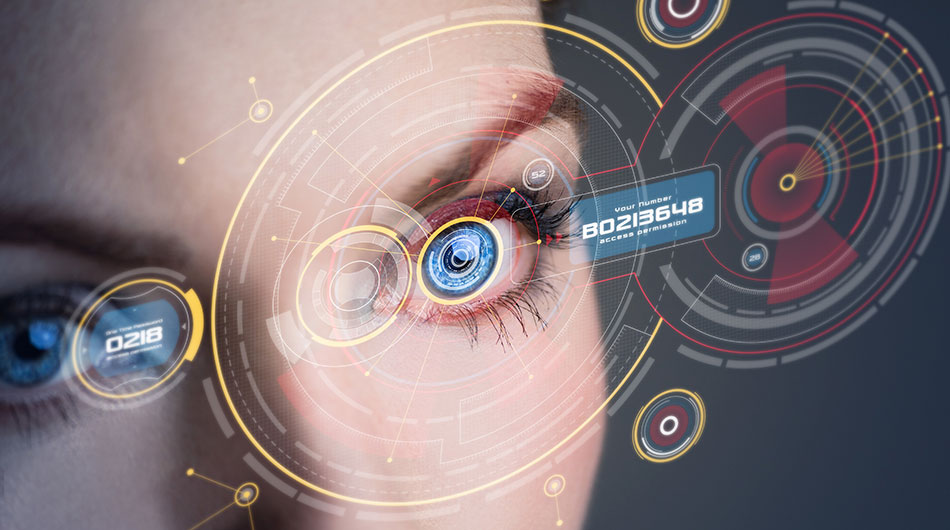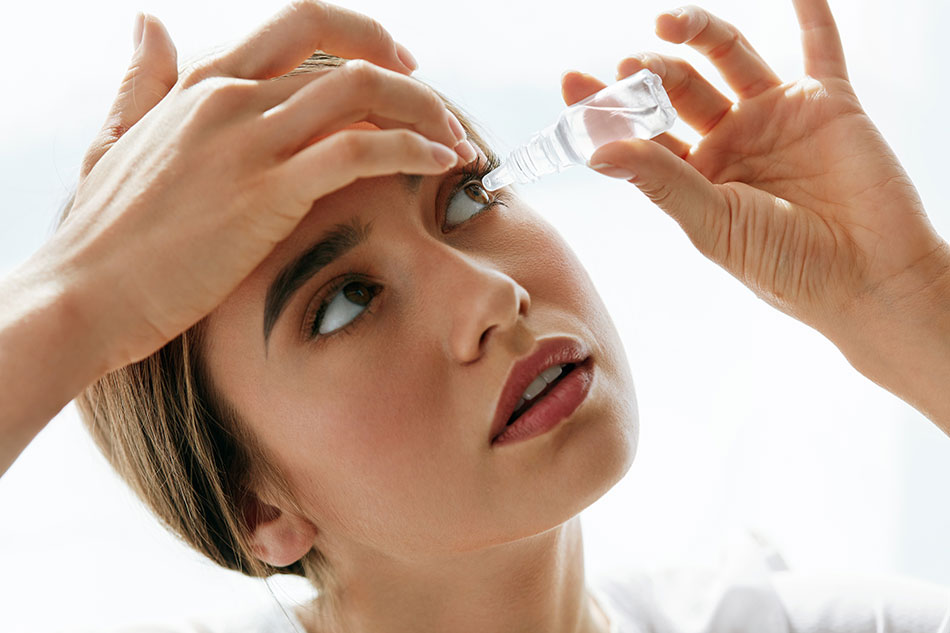Bring on the Advancements: The Top Contact Lenses for 2019

How long have contact lenses been around? It might surprise you to know that the first modern contact lens was created in 1887. Although the original idea belongs to Leonardo da Vinci all the way back in 1508!
Of course, the enormous, glass lens was extremely uncomfortable. It was a far cry from the thin, breathable contact lenses we have today. But you have to start somewhere, right?
Contact lenses have progressed quite a lot. When looking for today’s top contact lenses, you’ll find they work well for a variety of purposes.
Lenses are even available for many specialty conditions. Some silicone hydrogel lenses are so breathable that you can even wear them for a month without ever taking them out.
Imagine doing that with a rigid glass lens! Shudder...
So what's next on the radar? Let's take a look at some of the innovations we can expect in the top contact lenses for 2019.
Light-Sensitive Contact Lenses
Perhaps the most exciting innovation in contact lenses for 2019 is the advent of the new light-sensitive contacts. These lenses include a dynamic photochromatic filter that will adjust according to the amount of light present. This will help regulate how much light enters the eye and keep the amount of light more uniform.
This unique technology will offer a new way for contact lens wearers to protect their eyes from UV light rays. In addition, it will help protect the eyes from the blue light rays of harsh indoor lighting and digital devices.
You may be thinking this sounds an awful lot like transition lenses. And you would be right!
Transition lenses for glasses have been available since shortly after photochromatic glass was invented in the 1960s. Transition lenses have provided a solution for eyeglass wearers who previously had to juggle normal glasses with prescription sunglasses. These glasses saved them from having to put up with the brightness of the outdoors.
Now, contact lens wearers will soon have the same level of automatic protection for their eyes. However, it is important to note that these lenses will not serve to replace sunglasses. These contacts will only provide coverage for your corneas. So you will need protection for the rest of your eyes, like the sclera or white area.
The FDA has already approved these contacts for widespread consumer use. It’s anticipated that they will be available sometime during the first half of 2019.
Smart Contact Lenses

From smartphones to smart homes, it seems like every form of technology is getting smarter these days. Why not contact lenses as well?
The wearable tech market is steadily growing. In fact, the expected value for this market sits at $25 billion by 2019.
Various companies including Google and Microsoft have been working on creating smart contact lenses for several years. The challenge has been to find a way to include the various parts in the lens while still being wearable for the user.
Contact lenses need to be clear in order for the user to see. They also need to allow for the free exchange of oxygen. Otherwise, they won't be comfortable and can be downright dangerous for the wearer. Not getting enough oxygen to the eyes can contribute to the development of diseases like macular degeneration over time.
But how do you put rigid, non-clear elements into a contact lens? That's the conundrum that these companies are working hard to solve.
Researchers at Purdue University discovered a method called interfacial debonding that may have solved this problem. This method involves printing thin-film electronics onto another material, in this case, the contact lens material. This should provide adequate wearability, comfort and unhindered sight for the user.
That's all well and good, but what could you possibly use a smart contact lens for? Let's take a look!
Diabetic Monitoring Lenses
Diabetics constantly have to prick their finger to draw a small dot of blood. They then have to use a special machine to keep track of their blood glucose levels. Those who suffer from the disease may have grown accustomed to the procedure, but it's far from convenient.
What if they could keep track of their glucose levels simply by wearing a contact lens? Imagine the relief a diabetic sufferer would feel.
The idea is to keep track of glucose levels by way of the wearer's tears. However, researchers have hit a snag. Verily, a Google subsidiary, along with drug company Novartis has reported that the measured glucose levels found in tears are not comparable to those found in the blood.
This issue is significant as this lens could be an alternate way to reliably test diabetics’ blood glucose. They have since placed their glucose monitoring contacts project on hold.
We hope that this innovation finally comes to market so that diabetics everywhere can rejoice. After all, who likes pricking their finger day in and day out?
Chronic Ocular Disease Lenses

Another way that smart lenses could be helpful is with chronic eye diseases. These have the potential for constant monitoring of each condition.
For example, a smart lens could track the pressure in the patient's eye. Sensimed Triggerfish has developed such a lens which monitors the intraocular pressure (IOP) of glaucoma patients over a 24-hour window. This lens has regulatory approval in Japan as well as in the U.S. by the FDA.
Some researchers are even working on developing a type of lens that can directly deliver medications to the eye. But, this drug-dispensing lens does not yet have approved for a commercial introduction to the market.
Augmented Reality Lenses
It wouldn't be smart if it couldn't entertain you, right? That seems to be the mantra of our modern, technological world. Contact lenses are no different.
Research is now underway to develop a contact lens capable of showing augmented reality images to the user. However, there is still time before such a lens becomes available to the market.
But augmented reality isn't all fun and games. The technology could also be used to fill in vision gaps for those who have suffered eye damage or disease. This would be accomplished through the use of a specially placed prism.
Exciting Top Contact Lenses
As you can see, some of these innovations sound like a far stretch. But 2019 looks pretty exciting for the top contact lenses that may become available. They even seem like something out of a futuristic spy movie!
But the truth is that researchers are making exciting leaps and bounds with contact lens technology.
Keep an eye out for the appearance of these contact lenses. Technology never ceases to amaze with all the versatile applications it can have. Giving the gift of clear vision is one of the noblest ones.
Are you new to the world of wearing contact lenses? Do you need to learn how to buy them? We’ll make it easy for you to check out everything you need to know!
